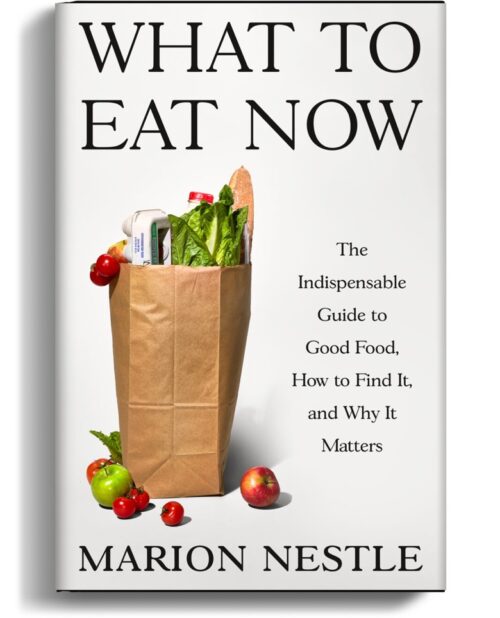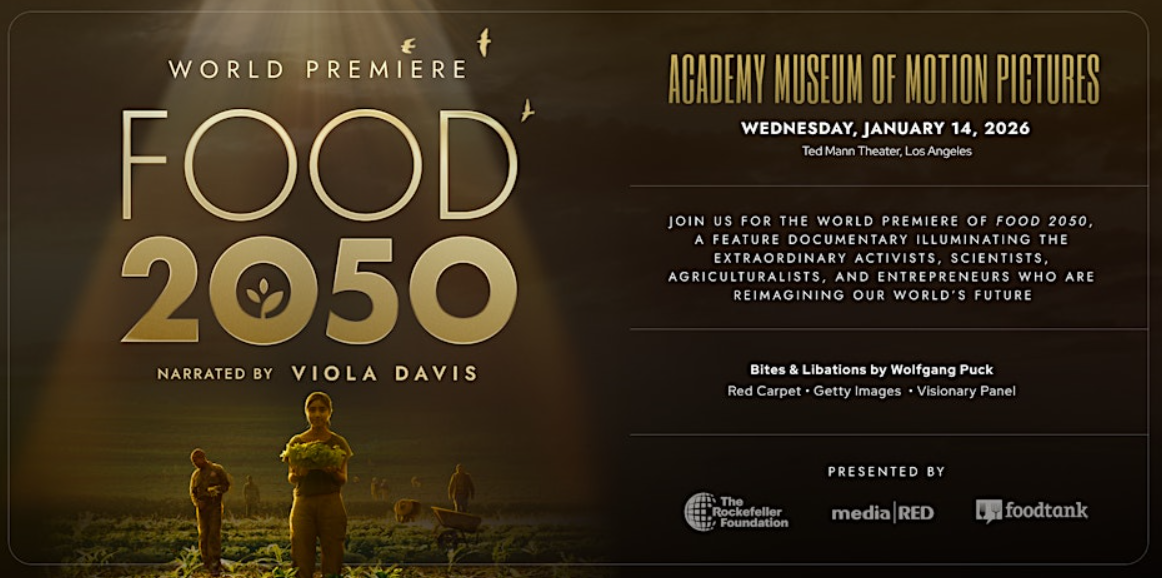What’s up with Chinese infant formula?
I would never have predicted that infant formula, of all things, would become the poster child for the down side of globalization. Look at all the issues:
Price fixing
The Chinese government has just fined six infant formula companies for fixing prices:
- Mead Johnson (US): $33 million
- Dumex/Danone (France): $28 million
- Biostime (Hong Kong): $27 million
- Abbott Labs (US): $13 million
- Royal FrieslandCampina (The Netherlands): $8 million
- Fonterra (New Zealand): $700,000
The fines may seem severe but the Chinese bought $12.7 billion worth of infant formula in 2012 and are expected to buy $18.4 billion in 2014.
Botulism contamination
Fonterra, the New Zealand manufacturer of infant formula contaminated with the type of bacteria that cause botulism, says it’s sorry.
We deeply apologize to the people who have been affected by the issue.
Food safety is our first and foremost interest.
That’s what they all say when something like this happens.
The company noticed botulinum contamination in March but did not identify the contaminating strain or notify consumers until last week. That’s also typical.
Fonterra made $15.7 billion in sales last year, more than half of it from selling dairy foods to China. Other big customers are in Australia, Malaysia, New Zealand, Saudi Arabia, Thailand and Vietnam.
China has now stopped importing Fonterra’ powdered infant formula. This alone was worth nearly $1.9 billion last year.
Recall that Fonterra was a part owner of the Chinese company that made infant formula laced with melamine—the formula that made more than 300,000 babies sick. Six died. That happened in 2008, with dire consequences for Chinese formula manufacturers.
Distrust of Chinese infant formula
Since then, the Chinese have become suspicious of local infant formula and are buying foreign infant formula to the point of scarcity. The new scare makes that situation even worse.
In Hong Kong, officials have been cracking down on foreign infant formula smugglers.
Joe Nocera of the New York Times attributes the scandal to three problems with China’s rapidly expanding economy:
- Complete lack of faith in Chinese companies.
- Corner-cutting deeply ingrained in Chinese business culture, with no government regulatory enforcement.
- Bad incentives.
He has a Slide Show to back this up.
Other consequences
Decline in breastfeeding. Rates of breastfeeding in China are declining. Do Western infant formula companies have anything to do with this?
Environmental Pollution. I was at an agriculture meeting in New Zealand a few years ago and got an earful about what it means to convert a sheep-growing country to one focused on dairy cattle: pristine to polluted.
Alas, the externalized costs of globalization.




